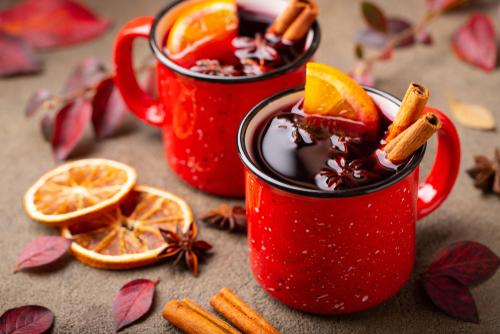For most, the festive season is rooted in ritual and tradition. But who says you can’t explore a drinkable tradition different from your own?
In examining the holiday drinks of the world, a few trends quickly revealed themselves: Colder climates gravitate toward warm and creamy drinks; everyone loves holiday spice; and, my favorite, there appear to be few rules at all. Embrace the chance to improvise and enjoy by transporting your guests—or just yourself—across the pond, beyond the border, or over the river and through the woods with these 12 holiday drink ideas.





